
Roots
There exists a quiet yearning within us, a whisper that perhaps the wisdom of those who walked before us holds answers to the daily challenges we face with our strands. We find ourselves amidst a deluge of products, each promising a singular solution, yet the persistent thirst of textured hair often remains. Could the echoes of ancestral practices, those time-honored customs passed down through generations, offer a profound resonance for our contemporary hydration routines? This contemplation invites us to look beyond the immediate, to a deeper understanding of hair’s intrinsic need for moisture, a need recognized and addressed with profound intuition by cultures long past.

The Hair’s Ancient Thirst
Hair, in its fundamental composition, holds a significant water content, around 25 percent of its makeup. This inherent moisture is a cornerstone of its resilience and vitality. When this delicate balance shifts, when strands lose their internal water, they become brittle, prone to splintering, and less responsive to gentle handling. Modern life, with its array of environmental stressors and styling demands, can often exacerbate this natural tendency towards dryness, particularly for textured hair, which possesses a unique structure that can make moisture retention a continuous consideration.
For millennia, various societies observed these characteristics, crafting methods not just for aesthetic appeal, but for the very health of the hair. Their practices, born from necessity and a deep connection to their natural surroundings, often centered on principles of gentle cleansing, protective styling, and consistent conditioning, all of which contribute to maintaining the hair’s natural hydration levels.
Ancient hair care traditions offer a wellspring of insight into maintaining hair’s essential moisture, a fundamental aspect often overlooked in contemporary routines.
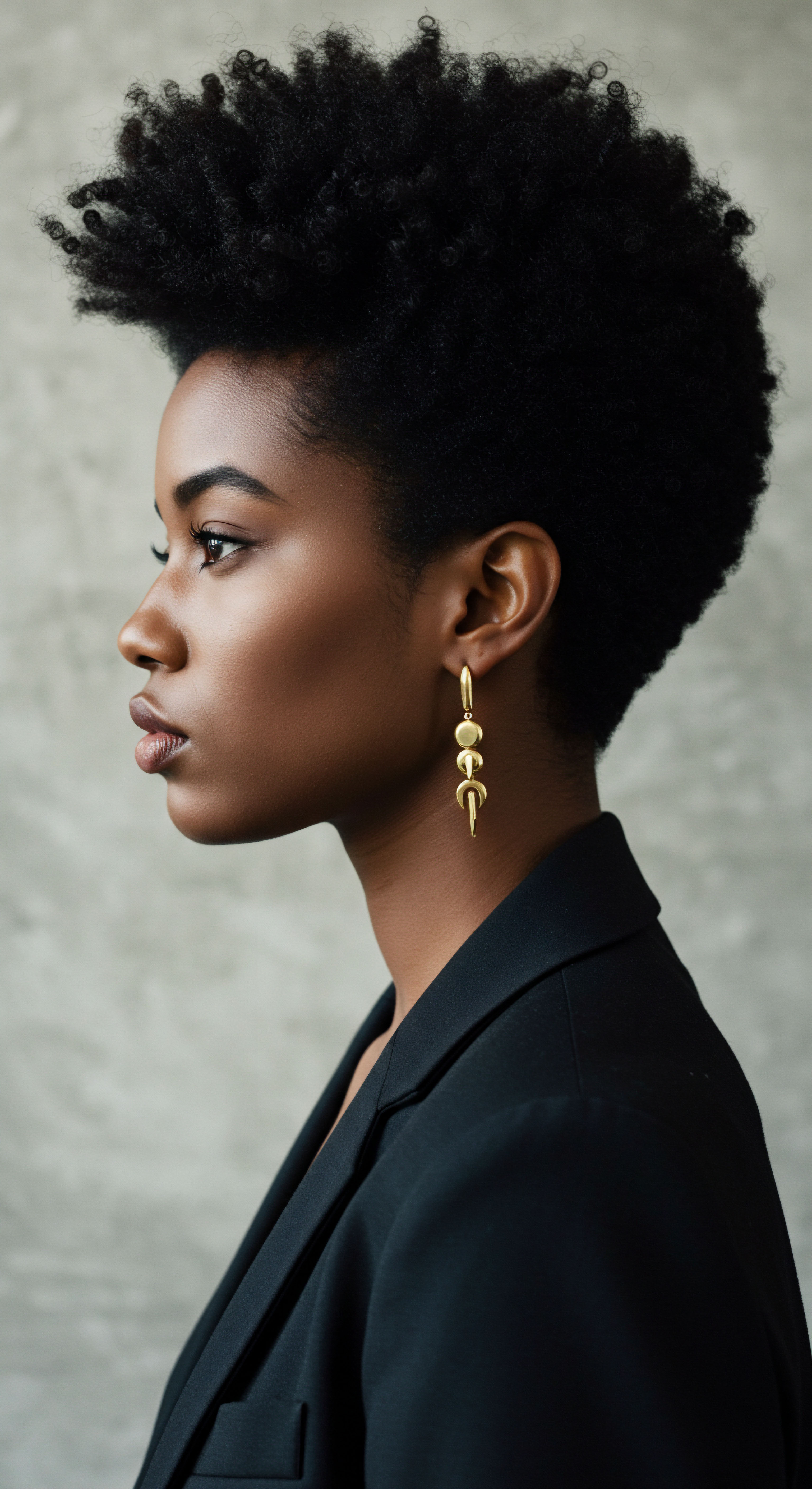
A Global Perspective on Hair’s Well-Being
Across continents, distinct approaches to hair care flourished, each reflecting the available botanical resources and the prevailing climate. In the sun-drenched lands of ancient Egypt, for instance, records suggest the use of various oils, including castor oil, applied to hair and scalp. These applications were not merely for shine; they provided nourishment and a shield against the arid environment.
Scientific investigations of mummified remains have even revealed a fat-like substance, containing long-chain fatty acids, coated on hair, interpreted as a styling and protective product used during life. This suggests a sophisticated understanding of how to seal moisture onto the hair shaft.
In India, the enduring principles of Ayurveda placed immense value on hair oiling, or ‘Snehana,’ a therapeutic activity involving massaging the scalp with warm oils infused with beneficial herbs. This ritual was understood to nourish the scalp, prevent dryness, and enhance blood circulation, thereby supporting healthy hair growth. A study examining the effectiveness of an Ayurvedic hair oil in managing hair fall demonstrated a remarkable 34% improvement in hair density within 60 days of consistent use, highlighting the profound impact of these traditional practices on hair vitality. This quantitative evidence underscores the tangible benefits that historical methods can provide.

What Does Ancient Wisdom Say About Hair’s Structure?
While ancient cultures did not possess microscopes or the language of molecular biology, their observations led to practices that intuitively addressed hair’s physical properties. They recognized, through tactile experience, how certain preparations made hair softer, more pliable, and less prone to breaking. This aligns with modern understanding of the hair cuticle, the outermost layer composed of overlapping scales.
When these scales lie flat, hair retains moisture more effectively and appears smooth and shiny. When they are raised, moisture escapes, leading to dryness and a rougher texture.
Ancient oiling practices, for example, would have provided an occlusive layer, helping to smooth these cuticular scales and minimize water loss from the hair shaft. This principle is still relevant today, as emollients and sealants form a key part of modern hydration strategies, especially for textured hair which, due to its unique curl pattern, can have a more lifted cuticle, making it inherently more susceptible to moisture evaporation.
- Oils ❉ Ancient societies consistently turned to botanical oils like coconut, olive, and castor for their hair care. These oils, rich in fatty acids, provided lubrication and helped to seal the hair’s outer layer, thereby preserving internal moisture.
- Herbs ❉ Infusions and pastes made from plants such as aloe vera, hibiscus, and amla offered conditioning and scalp soothing properties. These natural ingredients often possess humectant qualities, attracting and holding water to the hair.
- Clays ❉ Certain clays, like rhassoul clay, were used for gentle cleansing. They removed impurities without stripping the hair’s natural oils, preserving the scalp’s delicate moisture balance.

The Scalp as a Living Foundation
The health of the scalp is inextricably linked to the hydration of the hair. Ancient practices frequently prioritized scalp health, understanding it as the source from which healthy hair emerges. Scalp massages, often performed with warm oils, were a common ritual.
These massages were not just for relaxation; they stimulated blood circulation, which in turn delivers vital nutrients to hair follicles, supporting their optimal function. A healthy scalp environment is less prone to dryness, flakiness, or irritation, all of which can hinder hair’s ability to retain moisture and grow strong.
The connection between internal hydration and external hair health was also intuitively understood. While direct scientific studies on this historical correlation are limited, traditional texts and practices often speak to the importance of a balanced diet and sufficient water intake for overall well-being, which implicitly includes hair health. This holistic view, where hair care extends beyond topical applications to encompass internal nourishment, represents a profound difference from many contemporary approaches that sometimes overlook the systemic factors influencing hair’s condition.

Ritual
As we step from the foundational understanding of hair’s needs, a natural progression leads us to the daily and periodic customs that once sustained healthy strands. The question arises ❉ how did ancient hands transform raw elements into nourishing elixirs, and what can these transformations teach us about our own routines? This section delves into the practical wisdom of past generations, seeking to uncover the subtle yet powerful techniques that contributed to hair’s hydration and vitality. It is a journey into the rhythm of care, where each step held purpose, contributing to a harmonious relationship with one’s hair.

How Did Ancient Hands Condition Hair?
The concept of conditioning, as we understand it today, finds its roots in ancient practices that aimed to soften, detangle, and protect hair. Before the advent of modern chemical formulations, natural ingredients served this purpose. Oils, as discussed, played a significant role, not just as sealants but as emollients that coated the hair shaft, reducing friction and enhancing pliability.
Consider the widespread use of fermented rice water in various Asian cultures, particularly among the Red Yao tribe in China, renowned for their exceptionally long hair. This seemingly simple practice, involving soaking or boiling rice and allowing the water to ferment, results in a nutrient-rich rinse. Scientific investigations have since revealed that this fermentation process boosts the concentration of compounds like inositol, a carbohydrate that can penetrate damaged hair cuticles and remain even after rinsing, acting as an internal repair agent. Research has also suggested that rice water can reduce surface friction and increase hair elasticity.
One study even indicated a link between rice water rinses and a 37% reduction in hair breakage, offering a compelling statistical validation for this ancient beauty secret. This specific data point highlights a significant improvement in hair integrity that can be directly attributed to a traditional practice.
Beyond rice water, many cultures utilized mucilaginous plants—those that produce a slippery, gel-like substance when mixed with water. Aloe vera, for instance, was prized for its soothing and moisturizing properties, applied directly to hair and scalp to alleviate dryness and condition strands. These natural humectants attracted and held water, offering a direct form of hydration.
The efficacy of ancient hair conditioning practices, such as fermented rice water rinses, is supported by modern research, showing measurable improvements in hair elasticity and a reduction in breakage.
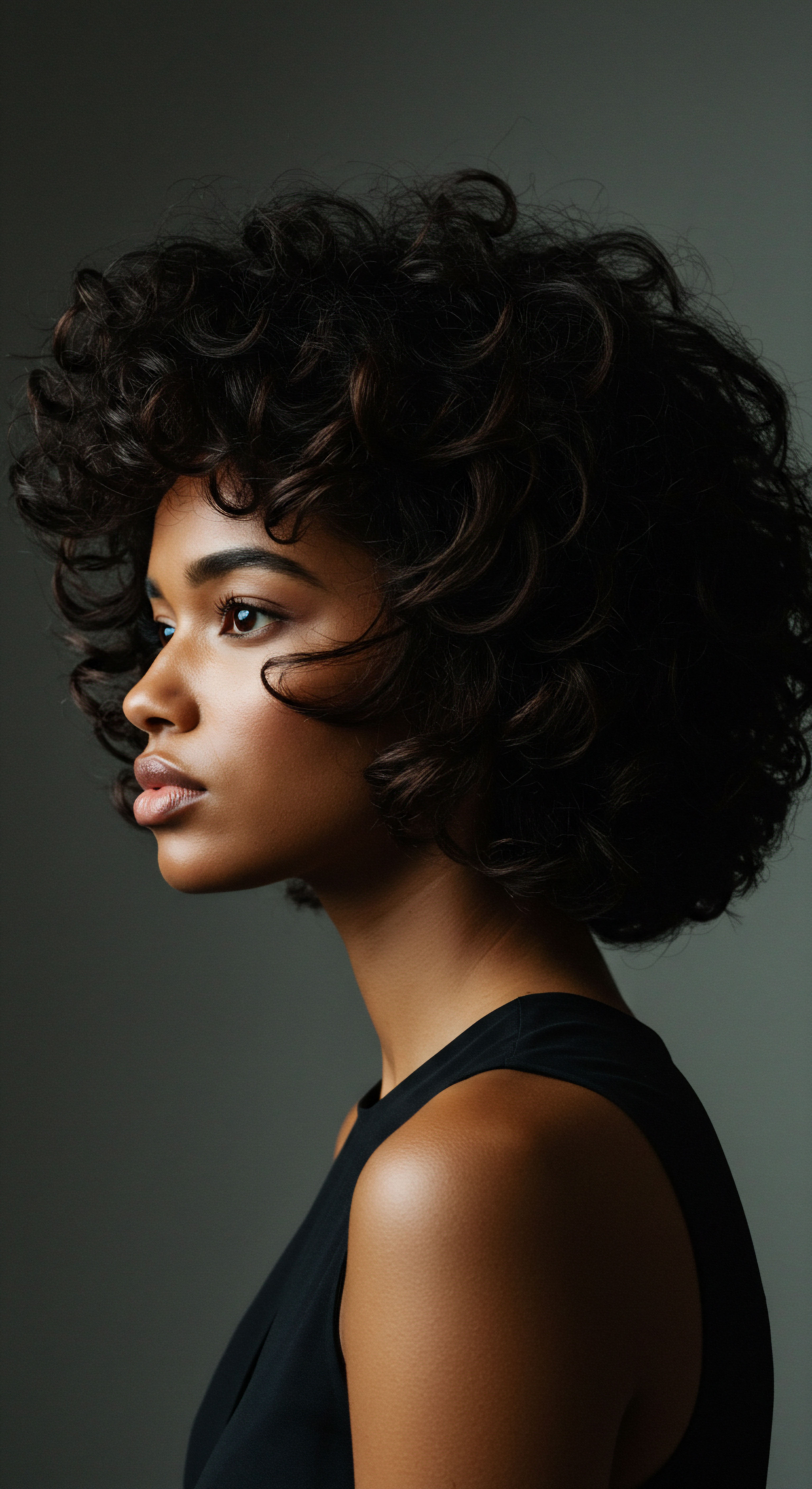
The Role of Gentle Cleansing in Moisture Preservation
Modern hair care often begins with shampoo, a product designed to cleanse, sometimes aggressively. Ancient practices, however, often favored gentler cleansing methods that respected the hair’s natural oils and moisture balance. The idea of “no-poo” or low-poo, gaining traction today, mirrors historical approaches to washing.
For example, rhassoul clay, sourced from the Atlas Mountains of Morocco, has been used for centuries as a hair and body cleanser. This mineral-rich clay effectively removes impurities and excess sebum without stripping the hair of its vital natural oils, leaving it clean yet still hydrated. Similarly, saponin-rich plants, like Shikakai from India, were traditionally used to create mild cleansing solutions that provided a gentle lather without the harshness of modern sulfates. This approach allowed the hair’s natural lipid barrier to remain largely intact, a critical factor for moisture retention, especially for textured hair which is inherently prone to dryness.
These traditional cleansing methods underscored a philosophy of working with the hair’s natural state, rather than against it. By avoiding harsh detergents, ancient users inadvertently protected the hair’s cuticle and preserved its inherent moisture, setting the stage for subsequent conditioning and protective measures.
| Ancient Agent Fermented Rice Water |
| Primary Benefit Adds protein, improves elasticity, reduces friction |
| Modern Analogue/Principle Protein treatments, leave-in conditioners with inositol |
| Ancient Agent Rhassoul Clay |
| Primary Benefit Gentle cleansing, mineral-rich, preserves natural oils |
| Modern Analogue/Principle Low-poo shampoos, co-washing conditioners |
| Ancient Agent Saponin-Rich Herbs (e.g. Shikakai) |
| Primary Benefit Mild cleansing, natural lather, scalp health |
| Modern Analogue/Principle Sulfate-free shampoos, natural hair cleansers |
| Ancient Agent Herbal Infusions (e.g. Rosemary, Fenugreek) |
| Primary Benefit Scalp stimulation, nutrient delivery, conditioning |
| Modern Analogue/Principle Hair tonics, pre-shampoo treatments |

Protective Styling ❉ A Shield for Hydration
A cornerstone of ancient hair care, particularly within African cultures, was the widespread adoption of protective styling. Styles like braids, twists, and cornrows were not merely decorative; they served a crucial function in safeguarding the hair from environmental damage and minimizing moisture loss. By keeping the hair bundled and tucked away, these styles reduced exposure to drying winds, sun, and physical abrasion, all of which can compromise the hair’s cuticle and lead to dehydration.
This tradition continues to hold immense value for textured hair today. The unique curl patterns of coily and kinky hair types can make them more susceptible to breakage and dryness, as the natural oils from the scalp may not easily travel down the highly coiled strands. Protective styles help to mitigate this by creating a sealed environment for the hair, allowing applied moisturizers and natural sebum to remain on the strands for longer periods. This practice is a direct lineage from ancient wisdom, providing a practical, tangible method for enhancing moisture retention in modern routines.
The longevity of these styles also meant less frequent manipulation, another factor contributing to overall hair health and the preservation of moisture. Each time hair is combed, brushed, or styled, there is a potential for friction and moisture evaporation. By reducing this frequency, ancient practices inherently promoted a more gentle approach to hair care, allowing the hair to retain its hydration more effectively.

Relay
Having considered the foundational needs of hair and the practical customs that addressed them, we now arrive at a more sophisticated exploration ❉ how did ancient societies conceptualize the intricate interplay of internal health, environmental factors, and specialized ingredients in maintaining hair’s deep hydration? This section endeavors to bridge the gap between historical intuition and contemporary scientific understanding, seeking to uncover the deeper mechanisms by which ancestral practices contributed to hair’s moisture balance, offering profound lessons for our present-day routines.

Can Hair Hydration Be Influenced by Internal Well-Being?
Ancient systems of wellness, such as Ayurveda and Traditional Chinese Medicine, viewed the body as an interconnected system, where the health of one part, like hair, reflected the overall balance of the individual. While modern science often isolates hair care to topical applications, these ancient philosophies consistently emphasized the importance of internal nourishment and hydration. For instance, Ayurvedic texts speak to the role of diet and internal balance (doshas) in determining hair quality. This perspective suggests that consuming water-rich foods and maintaining adequate systemic hydration contributes to the body’s ability to produce healthy sebum and support well-hydrated hair from within.
Modern nutritional science increasingly supports this holistic view, recognizing that deficiencies in certain vitamins, minerals, and essential fatty acids can negatively impact hair health, including its moisture content and structural integrity. For example, a diet lacking in sufficient water can slow hair growth by up to 15%, as hair follicles are deprived of essential nutrients. This reinforces the ancient, intuitive understanding that what we consume profoundly impacts our strands. The consistent use of herbal teas and infused waters in historical practices, often for their perceived cleansing and nourishing properties, indirectly contributed to systemic hydration, which in turn supported the hair’s inherent moisture levels.

How Do Different Ancient Ingredients Address Specific Hair Needs?
The diversity of ancient hair care practices reflects a nuanced understanding of various hair types and their distinct requirements, even without the modern scientific classifications of porosity or curl pattern. Cultures developed specific ingredient combinations to address issues like dryness, brittleness, or lack of luster.
Consider the Himba women of Namibia, who are renowned for their unique dreadlocks, often colored with red ochre mixed with butterfat. This practice is not merely cosmetic; the mixture of red earth clay and butterfat serves as a natural moisturizer, helping to seal and maintain the health of their hair in a dry climate. The butterfat, rich in lipids, acts as an occlusive agent, minimizing water loss from the hair shaft, a crucial function for highly textured hair in arid environments.
Similarly, the use of certain oils in different regions points to an observational understanding of their distinct properties. Coconut oil, widely used in South Asian countries, is rich in lauric acid, a fatty acid with a molecular structure small enough to penetrate the hair shaft, reducing protein loss and offering deep moisturization. In contrast, oils like olive oil, prominent in Mediterranean cultures, are known for their surface-coating abilities, providing shine and protecting against environmental damage. This sophisticated selection of ingredients, based on empirical observation, allowed ancient practitioners to tailor their routines to specific hair needs, much like modern formulators select ingredients based on their chemical properties and intended effects on hair porosity and moisture absorption.
- Coconut Oil ❉ Prized for its ability to penetrate the hair shaft, it helps reduce protein loss and provides deep hydration, particularly beneficial for hair types that struggle with internal moisture retention.
- Castor Oil ❉ Known for its viscous nature, it forms a protective coating on the hair, aiding in moisture sealing and providing a glossy appearance. Its ricinoleic acid content also contributes to its moisturizing qualities.
- Moringa Oil ❉ A nutrient-dense oil, it is gaining modern recognition for its ability to deeply moisturize the hair shaft, with research highlighting its benefits for hair health.

The Interplay of Climate and Custom
Climate played a significant role in shaping ancient hair care customs, particularly concerning hydration. In humid regions, practices might have focused on preventing excessive moisture absorption and frizz, while in arid environments, the emphasis would have been on sealing in moisture and protecting against dryness. This environmental attunement led to diverse yet effective approaches.
For instance, in Southeast Asian cultures, the use of water-based hair care products like aloe vera was common to combat frizz, as properly moisturized hair is less likely to absorb excess environmental humidity. This demonstrates an early understanding of how to balance hair’s moisture content with external atmospheric conditions. The wisdom embedded in these localized practices offers a valuable lesson for modern routines ❉ hair care should not be a one-size-fits-all approach, but rather one that considers individual hair type, environmental exposure, and lifestyle.
The resilience of tightly coiled hair in hot climates, for example, is partly attributed to its unique structure, which protects against excessive heat exposure from solar radiation while still allowing sufficient heat loss. This natural adaptation, combined with traditional practices of oiling and protective styling, created a robust system for maintaining hair health and hydration in challenging conditions. The historical record reveals that hair care was a continuous, adaptive process, not a static set of rules, deeply responsive to both human needs and the natural world.
| Cultural Context Ancient India (Ayurveda) |
| Primary Hydration Method Regular oiling (e.g. Amla, Sesame) and scalp massage |
| Underlying Principle Nourishment, circulation, internal balance (doshas) |
| Cultural Context Ancient China/Japan (Red Yao Tribe) |
| Primary Hydration Method Fermented rice water rinses |
| Underlying Principle Protein repair, elasticity, cuticle smoothing |
| Cultural Context Ancient Egypt |
| Primary Hydration Method Fatty substances and oils as styling/protective agents |
| Underlying Principle Sealing, environmental shield, aesthetic hold |
| Cultural Context Indigenous African Communities |
| Primary Hydration Method Natural butters/oils, protective styling (braids) |
| Underlying Principle Occlusion, moisture retention, physical protection |
| Cultural Context These diverse approaches demonstrate a shared understanding of hair's need for protection and sustained moisture. |
Integrating internal wellness with targeted external applications, ancient hair care offered a comprehensive hydration approach, recognizing the interplay of diet, climate, and specialized botanical agents.
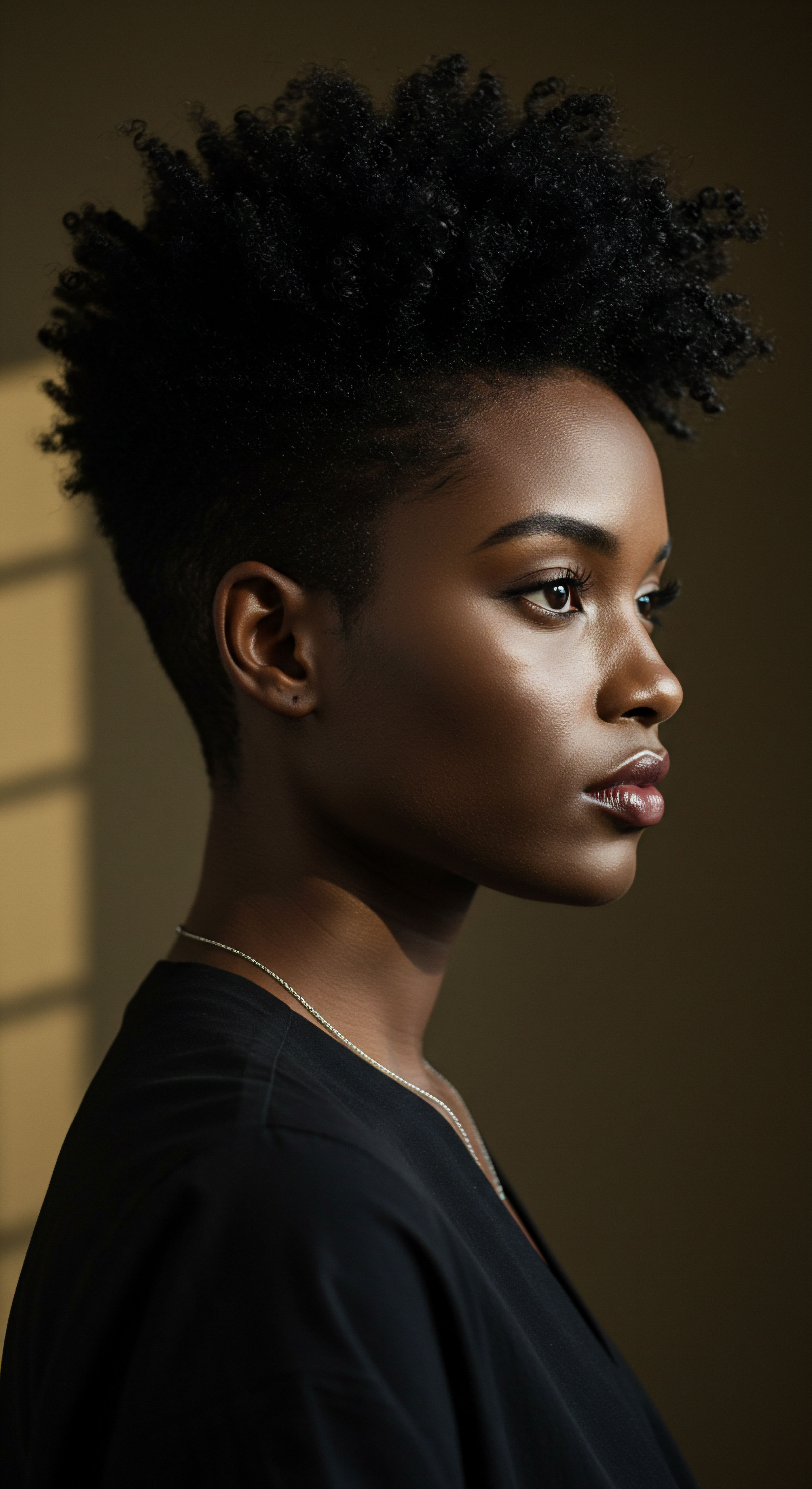
Modern Science Validating Ancient Wisdom
Contemporary scientific research has begun to systematically examine the chemical composition and effects of many traditional hair care ingredients, often validating the intuitive benefits observed for centuries. The recognition of compounds like inositol in rice water, or the specific fatty acids in coconut oil that allow for deeper penetration, provides a scientific basis for practices once considered purely anecdotal.
Moreover, studies on the physical properties of textured hair have shown its unique requirements for moisture. African hair, with its distinct curvature and ellipticity, is more susceptible to breakage and dryness compared to other hair types. This inherent fragility means that practices that protect the hair and retain moisture are particularly beneficial. Ancient protective styles and consistent oiling practices align directly with these modern scientific findings, offering effective strategies for maintaining the health and hydration of textured hair in the contemporary world.
The synergy between ancient practices and modern scientific understanding suggests a powerful path forward for hydration routines. It involves moving beyond simplistic solutions and instead embracing a holistic, informed approach that honors both historical wisdom and current research. This includes not only selecting the right external products but also considering internal factors and the impact of our environment, creating a truly responsive and deeply nourishing hair care experience.
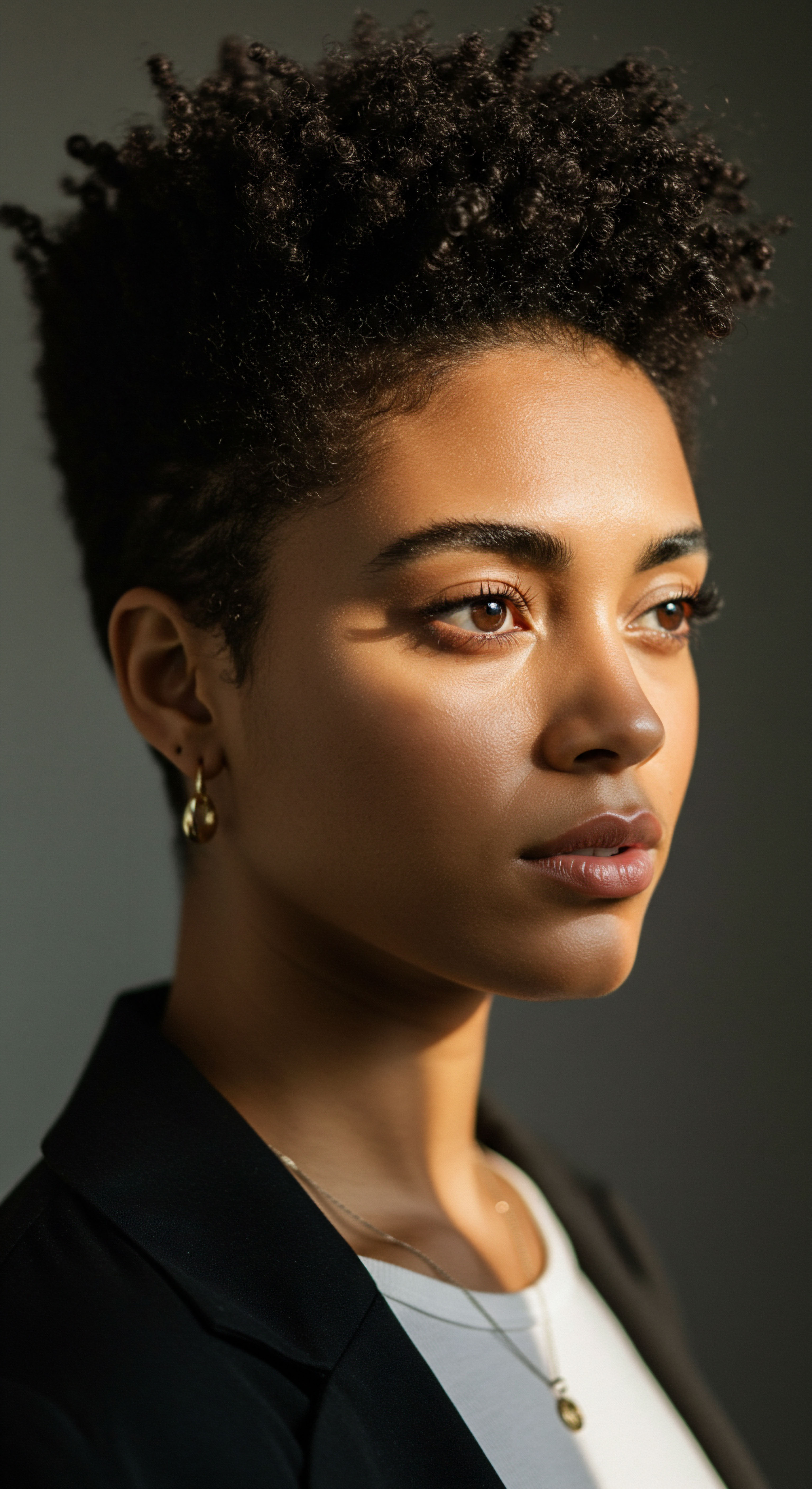
Reflection
Our exploration into the world of ancient hair care reveals a compelling truth ❉ the quest for hydrated, resilient strands is not a modern invention. From the sun-baked lands of Egypt to the verdant villages of the Red Yao, and across the diverse landscapes of Africa, our ancestors cultivated a profound understanding of hair’s delicate balance. Their practices, born from observation, passed through generations, and deeply connected to nature’s rhythm, offer more than just historical curiosities.
They present a timeless blueprint for routines that honor hair’s intrinsic needs, reminding us that true nourishment often lies in simplicity, consistency, and a respectful partnership with the earth’s bounty. The quiet wisdom of the past, when listened to with an open heart and an inquiring mind, truly holds the potential to enrich and transform our modern hydration journeys.
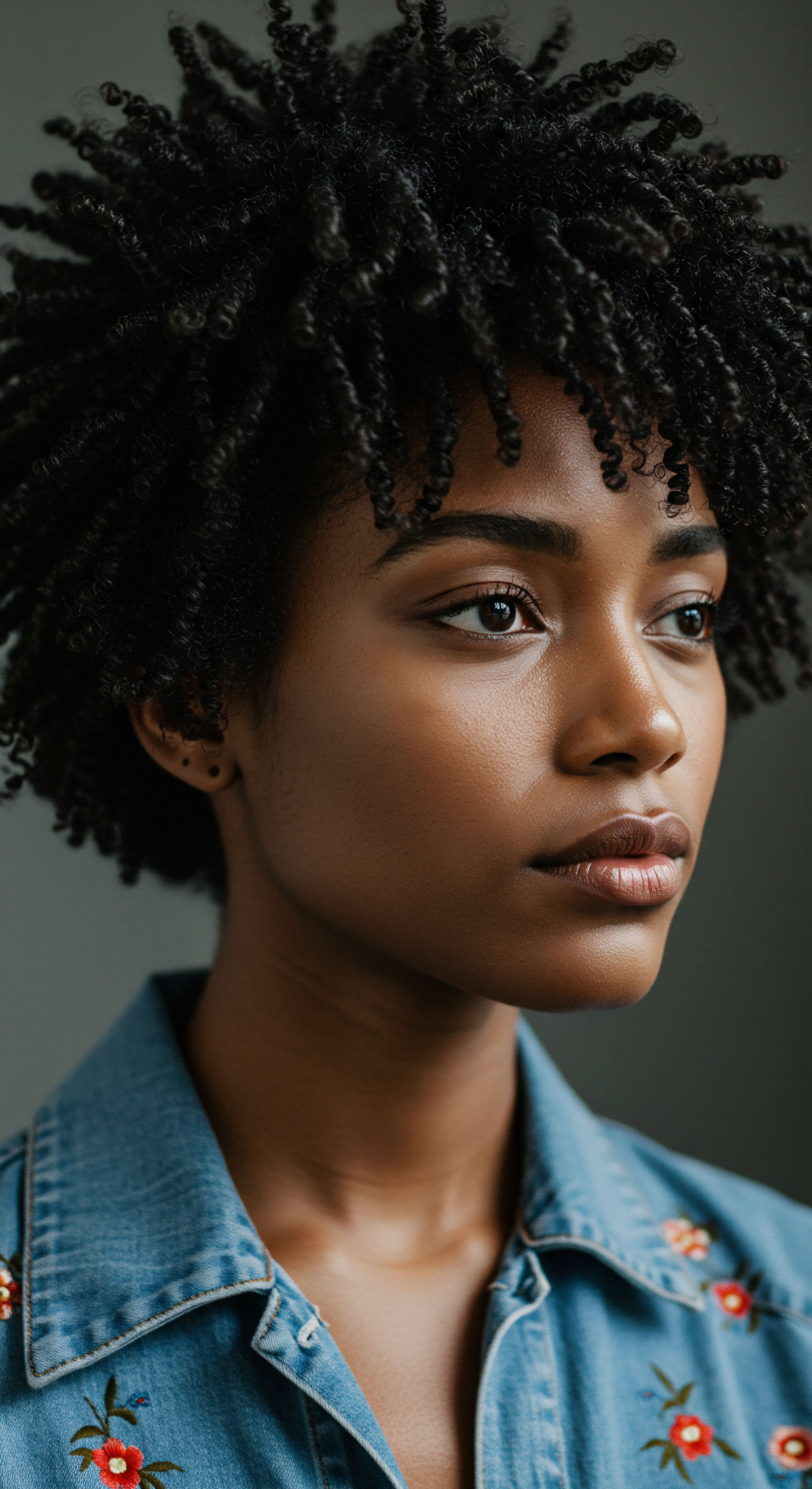
References
- McCreesh, N. C. Gize, A. P. & David, A. R. (2011). Ancient Egyptian Hair Gel ❉ New Insight into Ancient Egyptian Mummification Procedures through Chemical Analysis. Journal of Archaeological Science, 38(12), 3432–3434.
- Patel, S. Sharma, V. & Sharma, M. (2017). Fermented Rice Water ❉ A Traditional Remedy for Hair Health. Journal of Medicinal Plants Studies, 5(3), 1-3.
- Gopalakrishnan, S. Vadivel, V. & Jayaprakash, V. (2016). Moringa oleifera ❉ A Review of its Medicinal Properties and Health Benefits. Journal of Ethnobiology and Ethnomedicine, 12(1), 1-13.
- Keis, K. et al. (2007). Effect of oil films on moisture vapor on human hair. International Journal of Cosmetic Science, 29(5), 391-398.
- Kim, S. J. et al. (2019). Clinical efficacy of ultrasonic treatment on hair moisture retention. Journal of Cosmetic Dermatology, 18(3), 856-860.
- Lee, J. et al. (2018). Hair strengthening and moisture retention effects of bamboo extract. International Journal of Cosmetic Science, 40(6), 612-618.
- S. Singh, P. Sharma, & A. Singh. (2023). A clinical investigation on the safety and effectiveness of an ayurvedic hair oil in controlling hair fall (khalitya) in healthy. International Journal of Research in Dermatology, 9(6), 834-840.
- Rambhia, P. (2025). 8 Powerful Ayurvedic Ingredients For Healthy, Luscious Hair. Learn Canyon.
- McMichael, A. J. (2010). Hair care products used by women of African descent ❉ review of ingredients. PubMed, 32(3), 195-201.
- Selin, H. (2008). Encyclopaedia of the History of Science, Technology, and Medicine in Non-Western Cultures. Springer.
- Auckland Museum. (2023). What did the ancient Egyptians ever do for us? Blog.
- Tassie, G. J. (2008). Hair in Egypt ❉ People and Technology Used in Creating Egyptian Hairstyles and Wigs. In H. Selin (ed.), Encyclopaedia of the History of Science, Technology, and Medicine in Non-Western Cultures. Springer.
- Partee, J. (2019). The Science of Hair Porosity. KeraVada.
- Katherine Haircare. (2022). Historical Hair Care Grew My Hair to Hip Length! Here’s How.
- BLAM UK CIC. (2022). The history of Black Hair.